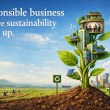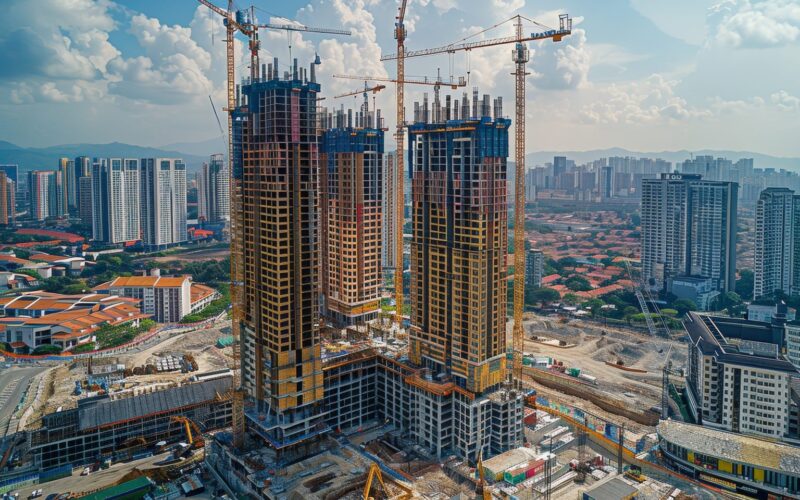The global building sector has been identified as a critical area requiring urgent and transformative changes to meet international climate goals according to a report by Systems Change Lab. The global floor area of buildings is expected to almost double from 2020 to 2050. The report warns that the sector’s current trajectory is insufficient to achieve the carbon reductions necessary to limit global warming to 1.5°C, as outlined in the Paris Agreement.
The report highlights that the average global carbon intensity of buildings has steadily decreased since 2000, and although it is on the right track, recent gains need to increase fourfold to achieve the 2030 target.
The current construction and operating methods are a major source of greenhouse gas (GHG) emissions. These emissions come from several sources, including those released directly on-site, refrigerants from cooling systems, and emissions generated off-site during the production of energy used in buildings.
In 2021, direct GHG emissions from burning fuel for on-site activities like cooking and heating accounted for approximately 6% of global emissions. When considering the indirect emissions from producing the electricity and heat used for various building functions—such as heating, cooling, cooking, lighting, and powering electronics—these emissions increase significantly, from about 3 gigatonnes of carbon dioxide (GtCO2) to 10 GtCO2, representing roughly 18% of global GHG emissions. Additionally, constructing and furnishing buildings generates further emissions, known as embodied emissions, which arise from the production and transportation of materials and the energy needed for construction and retrofitting. Also, indirect emissions from electricity and heat make up 75% of all building-related CO2 emissions.
The Systems Change Lab emphasises that achieving net-zero emissions in the building sector by 2050 will require a combination of strategies. These include massive investments in energy efficiency, the decarbonisation of construction materials, and the rapid adoption of renewable energy sources. Additionally, the report highlights the importance of retrofitting existing buildings to improve their energy performance, which will be crucial given that many of today’s buildings will still be standing in 2050.
The report highlights that these highly efficient, decarbonised buildings must be both accessible and affordable for everyone. While energy-efficient technologies often lead to cost savings over time, but they tend to have higher initial costs than less efficient, fossil fuel-powered alternatives. To make these solutions widely accessible, it’s essential to provide financing options for energy-saving measures. This is especially relevant in the formal housing sector, though different factors need to be considered for informal and incremental construction.
Governments, industry leaders, and financial institutions are urged to accelerate their efforts by implementing stringent building codes, offering financial incentives for green construction, and promoting innovative technologies. The report also calls for increased collaboration across sectors to drive the systemic change necessary to transition the building sector towards a sustainable future.





















